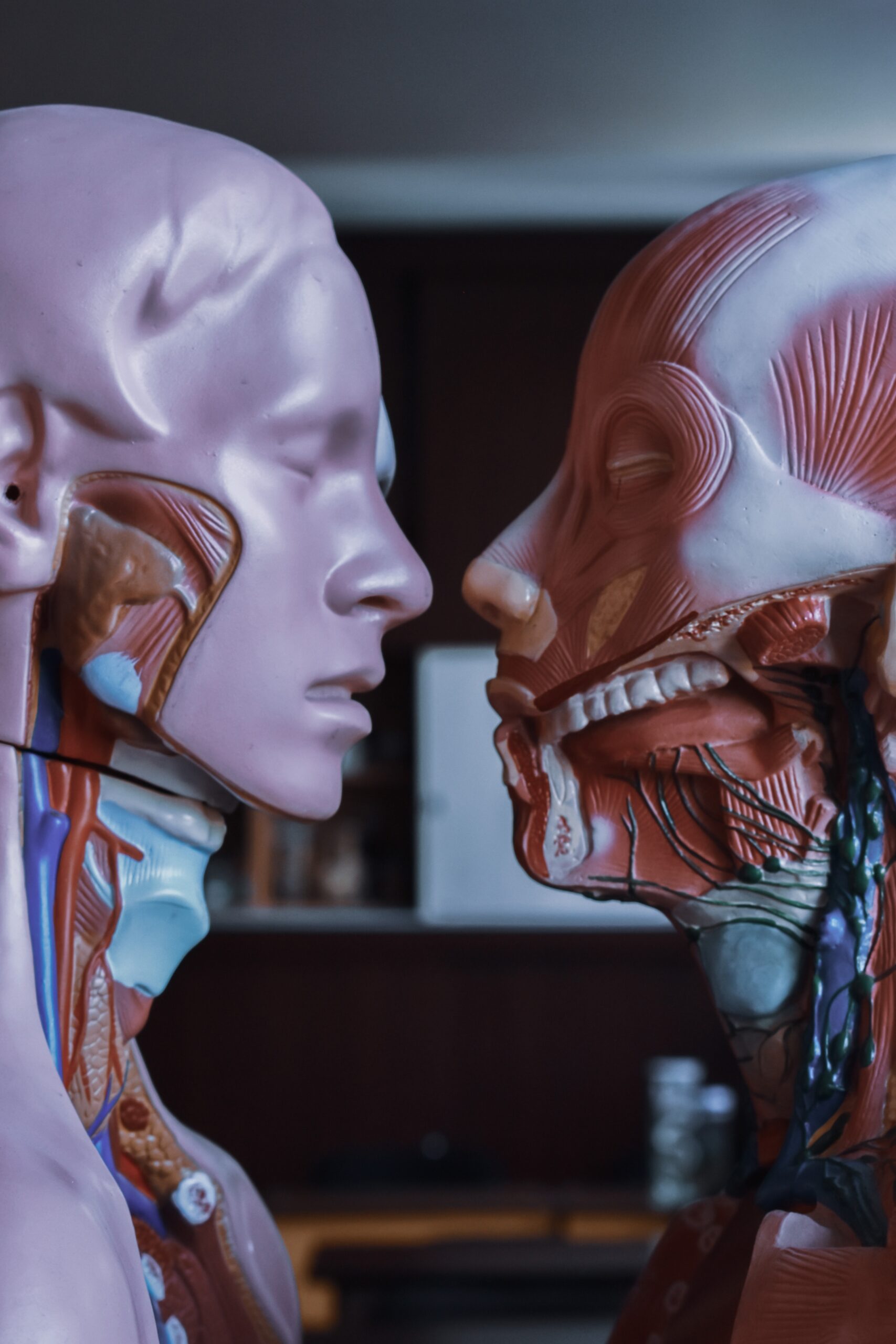Have you ever heard about the lymphatic system? It’s a network of tissues, organs, and vessels that work together to maintain the body’s fluid balance, defend against infection, and absorb dietary fats. It plays a crucial role in filtering and eliminating harmful substances, including bacteria, viruses, and cancer cells, from the body.
The lymphatic system consists of lymphatic vessels, lymph nodes, lymphatic organs (spleen, thymus, and tonsils), and lymphatic fluid (or lymph), which circulates throughout the body. The lymphatic vessels are similar to blood vessels but are thinner and carry a clear fluid called lymph instead of blood. The lymph nodes are small, bean-shaped structures located throughout the body that filter the lymph and trap foreign substances, such as bacteria and viruses. As lymphatic fluid flows through the lymph nodes, it gets screened for any harmful substances, and the immune cells (the lymph nodes are a major site of lymphocyte production) in the lymph nodes attack and destroy any foreign invaders.
Another key functions of the lymphatic system is to maintain the body’s fluid balance. It does this by collecting excess fluid, called lymphatic fluid, that leaks out of the blood vessels and returns it to the bloodstream. The lymphatic system also helps to transport immune cells, such as lymphocytes, to different parts of the body to fight infection and disease.
The lymphatic system works in conjunction with the circulatory system, which includes the heart, blood vessels, and blood, to maintain the body’s overall health and well-being. However, unlike the circulatory system, which is powered by the pumping action of the heart, the lymphatic system relies on the movement of muscles and breathing to circulate lymphatic fluid throughout the body.
When the lymphatic system is not functioning properly, it can lead to a buildup of lymphatic fluid, which can cause swelling and discomfort in the affected area. This condition is known as lymphedema and can be caused by a variety of factors, including surgery, infection, and cancer treatment.
One way to promote lymphatic function and reduce swelling is through manual lymphatic drainage (MLD). MLD is a type of massage therapy that involves gentle, rhythmic movements that stimulate the lymphatic system and promote lymphatic flow. It can be particularly helpful for people who experience swelling due to lymphedema, injury, or surgery.
In summary, the lymphatic system plays a crucial role in maintaining the body’s overall health and well-being. By promoting the flow of lymphatic fluid, the lymphatic system helps to defend against infection, eliminate toxins, and maintain the body’s fluid balance. It’s a fascinating system that’s getting more and more attention and recognition!

